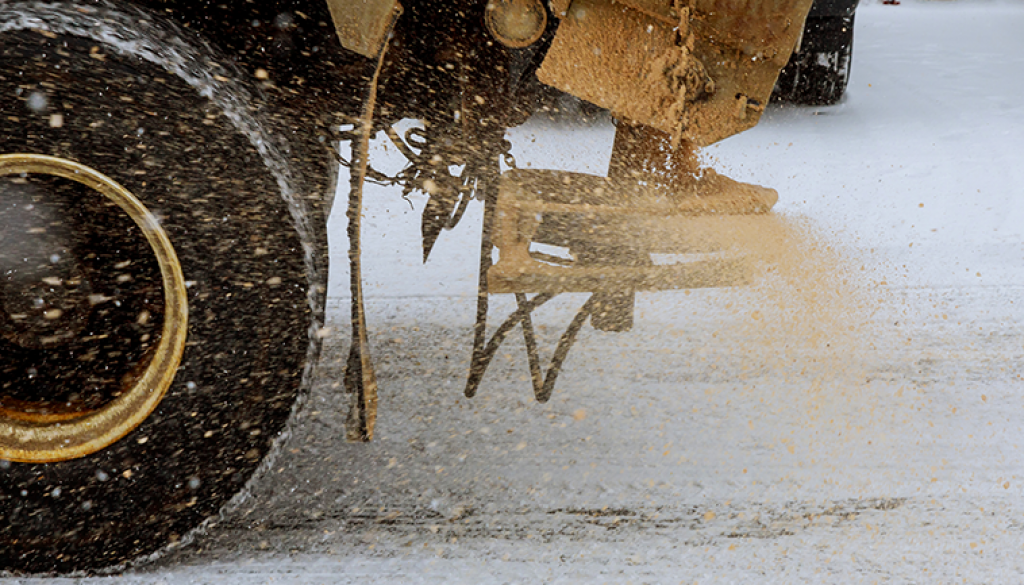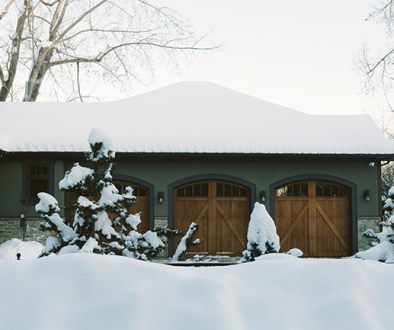LANDFORM’s Approach to Snow & Ice Management
We get many customers that come to us complaining that they feel they have been overcharged or over serviced.
- Over charged: vendor is charging the customer by the lb. or ton of salt, with the vendor in many cases having to estimate the amount used and estimating over what was actually applied.
- Over serviced: vendor is servicing the site when it really wasn’t needed. They salted when the ground temperatures were above freezing and the air temperatures were going to be rising, where there was little need for a bunch of salt.
At LANDFORM managing your snow and ice relief needs, we use Accusalt computers on our spreaders that allow us to calculate more accurately the amount of salt used, with no need to guess or estimate.
Also, with Certified Snow Professional(s) on staff we have a professional obligation to service the customer in the most cost-effective method achieving the safest results. Read on to see how decisions are made on when and how we service our customers.
Dealing with Slippery Conditions:
When a storm event is forecast that can lead to slick conditions, LANDFORM goes into action. We evaluate the air temperature forecast, take readings of the ground temperature, and the amount and type of precipitation expected to devise a service plan. The best course of action in most cases is to put down pre-treatment or ‘anti-icing application’. The pre-treatment puts down a chemical barrier between the surface we are trying to keep safe and the expected precipitation. As it precipitates, the freezing moisture is kept from bonding to the treated surface, and prevents slippery conditions.
Many property managers use a 2” snow rule for plowing. However, there are a lot of factors that go into whether that is the safest and most cost-efficient threshold. An inch of wet snow when the surface is well below freezing and the temperatures are dropping to single digits, could be a big problem.
Salt has a progressive drop in effectiveness below 25 degrees, so trying to melt off ½” of ice in single digit temps is nearly impossible with rock salt alone. The best approach is to scrape off the 1”; then a light coating of chemical salt would keep the surface safe. In some cases, 1.5” snow is no problem with an ant icing treatment and a deicing treatment, if air temperatures and ground temperatures are expected to rise above 25 degrees during the day.
That’s why it is important to have a professional managing your snow and ice relief needs.


